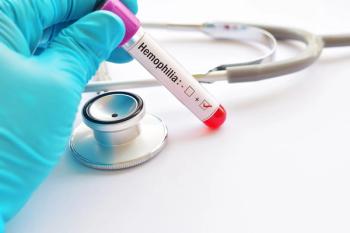
Large-scale data collected from smart bed technology show sleep differences in pediatric groups
New data from the International Pediatric Sleep Association (IPSA) Congress 2022 used smart bed technology that revealed consistent findings to previous studies.
A Sleep Number study utilized smart bed technology to evaluate
Vidhya Chellamuthu, M Tech, Sleep Number Labs, and investigators performed an ecologically-valid study in order to characterize overnight sleep parameters by age and sex. Data were collected from the large sample population for over 2 years.
Bedtime, wake time, bedtime/wake time variability, sleep duration, restful sleep duration, percent restful sleep, restless sleep duration, and percent restless sleep were included as sleep outcomes. The study endpoints were collected from January 2018-October 2021.
The investigation included 22,920 individuals between the ages of 5-17 years who were stratified into 3 separate age groups: youth (5–10 years, n=4272); preadolescent (11–13 years, n=5718); and adolescent (14–17 years, n=15,970). Relationships between sexes were observed within age groups and on an annual basis from ages 8-17.
The application of adaptive threshold to motion levels detected events of restless sleep and then attributed to the rest of the endpoint data gathered from the Sleep IQ technology featured in the smart bed platform. Investigators noted that this investigation period included the COVID-19 pandemic, school days, holidays, and weekends.
The differences were compared between age groups and sex groups based on the weekly mean of each endpoint. The team determined comparisons between groups using Cohen's d effect size (d) and 1-way ANOVA or 2-sample t test, with α=0.05.
A significant difference between age groups was revealed in the analyses for each sleep endpoint with the most meaningful demonstrations occurring in sleep duration, bedtime, and restful sleep duration.
Age groups differed significantly in their relationships with wake time, percent restful sleep, bedtime/wake time variability, restless sleep duration, and percent restless sleep, though their effect sizes were lower.
Across all age groups, females experienced signficantly greater sleep duration, restful sleep duration, and percent restful sleep when compared to the males in their age group. They also showed higher percent restful sleep duration, earlier bedtime, and earlier wake time in the annual analysis.
However, bedtime and wake time shifted later with age regardless of sex.
"The data support previous pediatric caregiver-report studies showing declines in sleep duration, restful sleep (which may serve as a proxy for slow wave sleep), restless sleep duration, and percent restless sleep; later bedtimes; and increased bedtime-wake time variability with increasing age," investigators concluded. "Across all age groups, females experienced greater sleep duration, greater restful sleep duration, and earlier bedtimes than males."
The study, "Age and sex differences in overnight sleep parameters in children and adolescents" was included in data from the International Pediatric Sleep Association (IPSA) Congress 2022.
Newsletter
Access practical, evidence-based guidance to support better care for our youngest patients. Join our email list for the latest clinical updates.











